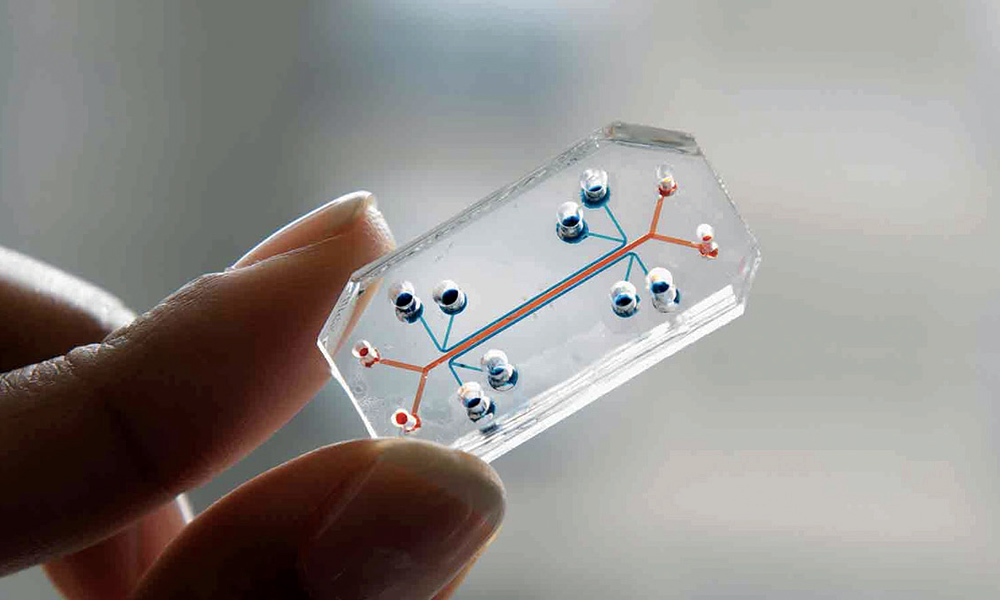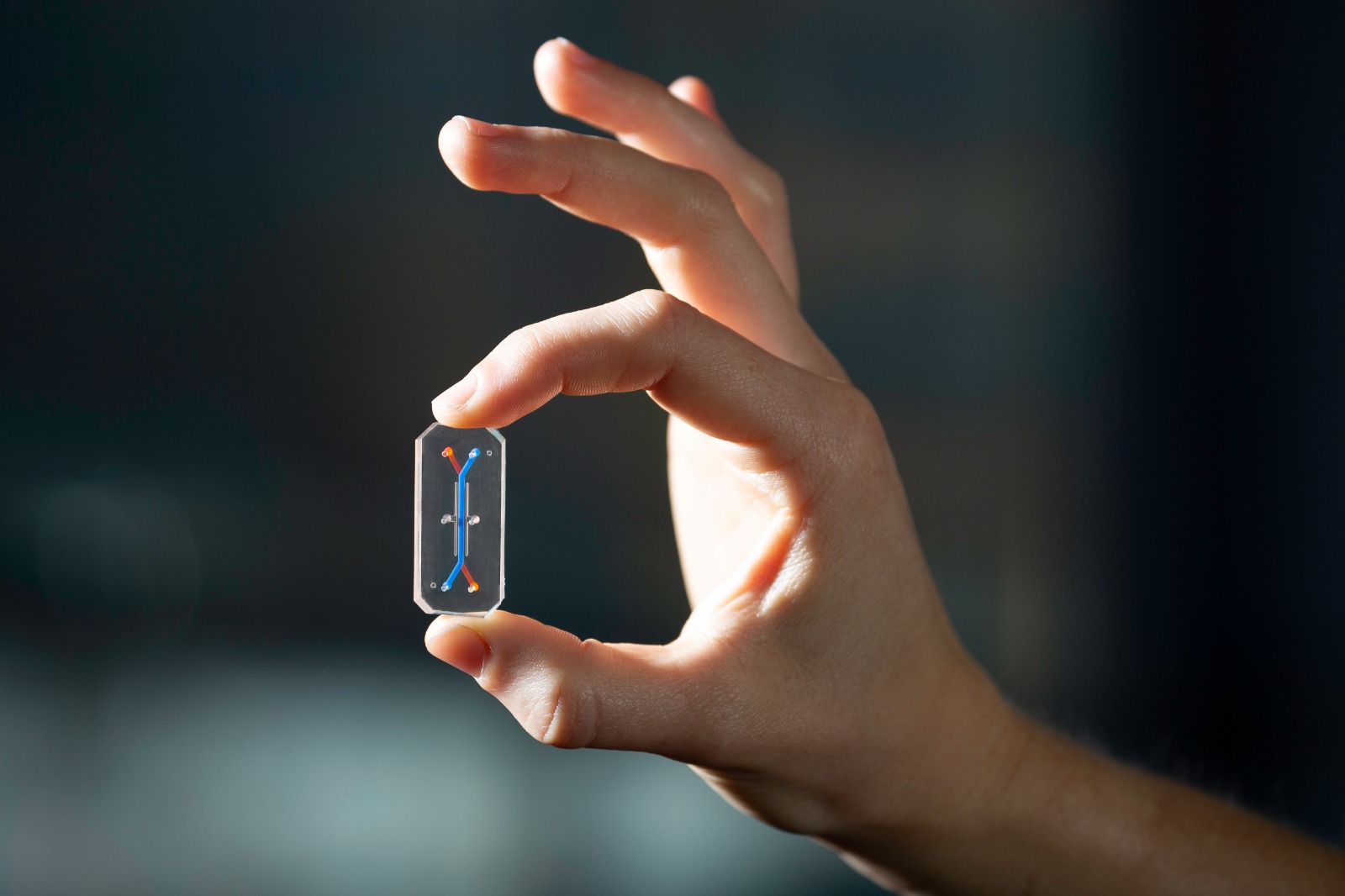In a groundbreaking development, researchers have engineered a revolutionary new 3D-organ-on-a-chip, equipped with blood vessels, meticulously replicating the complexities of the human joint.

New 3D-Organ Chip Offers Promising Breakthrough for Those Battling Arthritis (Photo: The MIT Press Reader)
A Revolutionary Approach to Mimicking Human Synovium
In a report published by the New Atlas, in October 13, 2023, this new 3D-organ innovative model is poised to unravel the mysteries of joint diseases, offering invaluable insights into the pathology of conditions such as rheumatoid arthritis and osteoarthritis. Beyond comprehension, this advancement not only facilitates a deeper understanding of these ailments but also promises to expedite the identification and testing of novel treatments for arthritis, heralding a new era in medical research.
Arthritic joint diseases, notorious for their debilitating impact, have long confounded the medical community. The new 3D-organ-on-a-chip is a game-changer, reproducing the synovium— the membrane enrobing joint cavities— complete with blood vessels. This technological feat allows researchers to delve into the intricacies of diseases characterized by synovial inflammation.
With the capability to simulate key features of new 3D-organ native synovium biology, including applied mechanical loading, this model presents a pivotal tool for advancing our comprehension of joint diseases, providing hope for effective treatments beyond merely managing pain and swelling.
READ ALSO: Crown Hill Cemetery Break-In Incident Continues To Be Investigated By The Jefferson County Sheriff’s Office In Colorado
From 2D Cell Cultures to Vascularized New 3D-Organs
According to the information released by Rochester News Center, the journey to this breakthrough involved meticulous experimentation, starting with 2D cell cultures to optimize conditions. The resulting new 3D-organ-on-a-chip model integrates primary human fibroblast-like synoviocytes and human umbilical vein endothelial cells, mirroring the vascularization seen in native human synovium.
The observations reveal behaviors akin to the native synovium, including the secretion of major synovial fluid constituents and responses to inflammation and mechanical stress. Moreover, the new 3D-organ model’s adaptability, developed on a commercially available platform, marks a significant leap, opening avenues for widespread use and potentially transforming preclinical testing for arthritis therapies.
READ ALSO: Russia And China Pose Growing Nuclear Threat, U.S. Urged To Bolster Defense
























